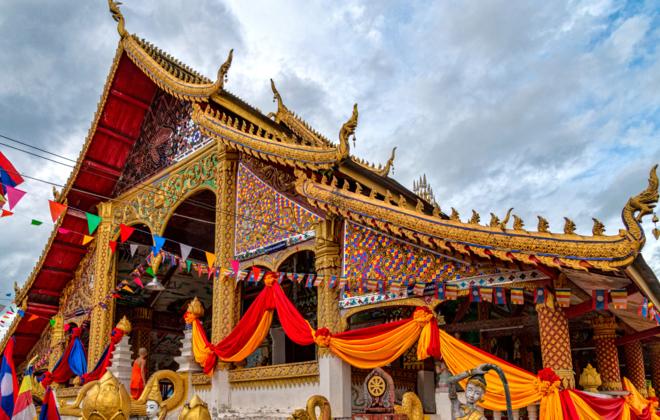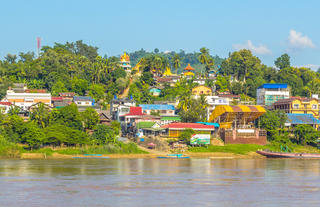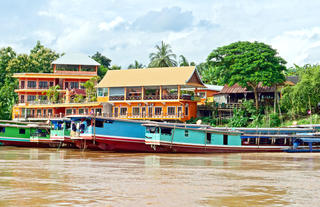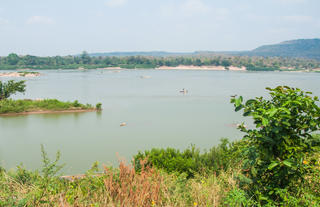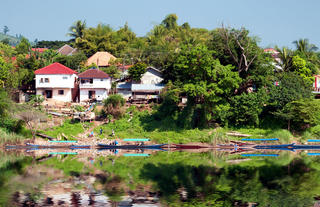Wedged between a number of larger neighbouring countries, Laos is often overlooked in favour of tourism giants such as Thailand and Vietnam. But these travellers are missing out on an extraordinarily scenic and culturally rich destination. Laos boasts a reputation as the least visited, least Westernised, and most untouched of all Indochinese nations. Only time will tell how long this will last, but while it does, visitors who choose to explore this nation’s remote areas will be richly rewarded. Laos’ primary drawcard is undoubtedly the mighty Mekong River which traverses the length of the country and is considered the second most biodiverse river in the world. In the north, the landscape is characterised by little-explored jungle-clad mountainous areas where visitors can witness the intriguing cultures of the various hill tribes that populate this region. Travellers on the hunt for cultural interest should head for the bustling capital of Vientiane, with its innumerable temples and Buddhist monuments. It is this variety of exotic wildlife, remote wilderness and remarkable cultural treasures that make Laos a truly unique and unforgettable holiday destination.
Situated along the banks of the Mekong River in southern Laos, Muang Champassak is a serene riverside town layered with history and quiet charm. Once a royal capital, it remains a soulful retreat framed by traditional villages and gentle rural life. Its star attraction is Vat Phou, an ancient Khmer temple complex and UNESCO World Heritage Site that predates Angkor Wat—an evocative maze of weathered sanctuaries, sacred springs and sweeping Mekong views. Days here unfold slowly: cycle past French colonial buildings, wander sleepy lanes shaded by tamarind trees, or take a tranquil boat trip along the river. With warm hospitality and a deeply relaxed atmosphere, Muang Champassak offers a graceful blend of culture, nature and unhurried riverfront beauty.
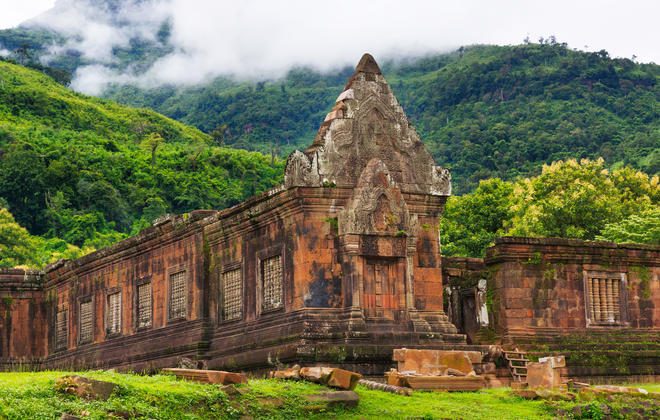
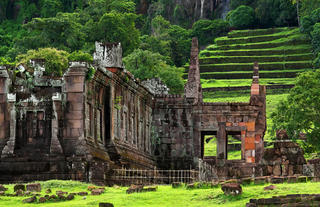
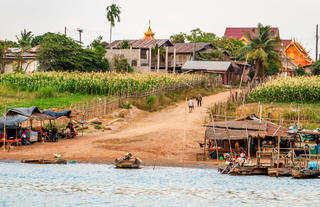
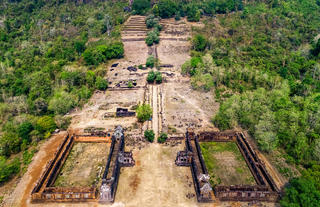
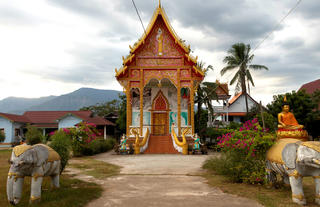
Pakse—also spelled Pakxe—sits at the picturesque confluence of the Mekong and Xe Don rivers and serves as the main gateway to southern Laos, including Si Phan Don, the Bolaven Plateau and the wider Champasak region. One of the country’s largest towns, it offers a relaxed riverside atmosphere and a handful of noteworthy cultural sites, such as the serene temple grounds of Wat Tham Fai and the Buddha Sandstone Carving Centre at Wat Chomphet. The most significant religious landmark is Wat Luang, an impressive temple complex now used as a training centre for novice monks. Travellers commonly use Pakse as a comfortable base for exploring nearby highlights—Tad Lo’s cascading waterfalls, the UNESCO-listed pre-Angkorian ruins of Wat Phu, local coffee plantations and the remote islands and rural landscapes that characterise Champasak Province. Blending convenience, culture and scenic surroundings, Pakse makes an ideal starting point for adventures across southern Laos.
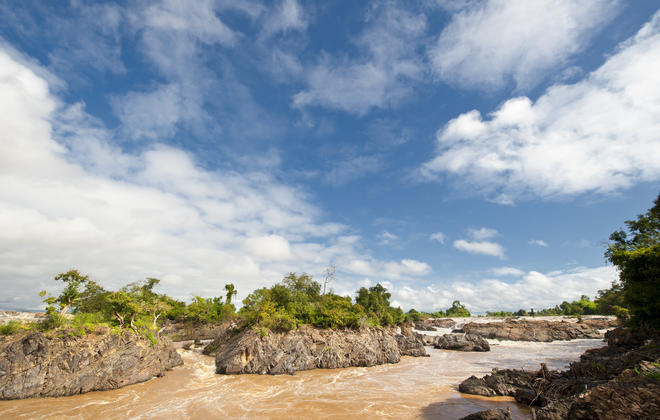




Ban Houayxay—also spelled Huay Xai or Houeisay—rests on Laos’ northeastern border with Thailand and is often treated as a simple transit stop, though it offers much more to those who pause and explore. Highlights include the lively Muang Keo Morning Market in Ban Muang Keo, where stalls overflow with fresh produce, local delicacies and handmade goods, as well as the atmospheric French-colonial ruins of Fort Carnot. Nature enthusiasts can venture into the nearby Bokeo Nature Reserve via The Gibbon Experience, an immersive conservation project allowing visitors to traverse forest canopy walkways and spot wildlife. For a deeper cultural connection, Daauw Village provides opportunities to engage with traditional Lao life through community-run programmes, with all contributions supporting local development. Ban Houayxay rewards curious travellers with authentic culture, history and nature in equal measure.
